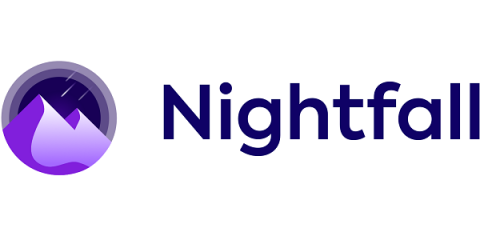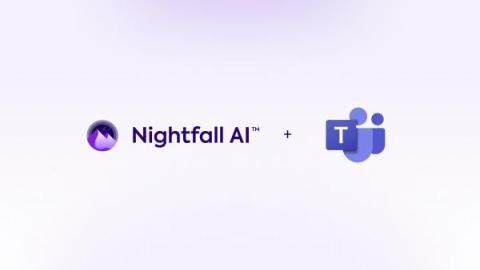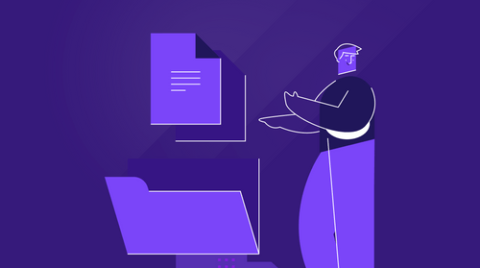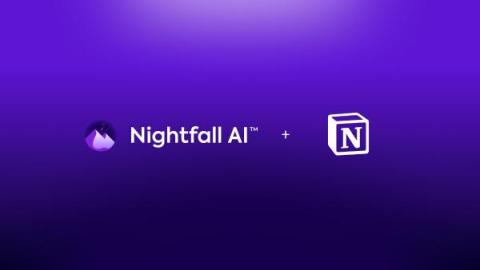Nightfall's new GenAI detectors are revolutionizing the cloud DLP landscape. Here's how.
Nightfall AI is excited to announce a new generation of detectors powered by generative AI (GenAI). Read on to learn more about recent advancements in our PII, PHI, secrets, and images detectors—as well as how they stack up against competitors like AWS Comprehend, Google DLP, and Microsoft Purview.










